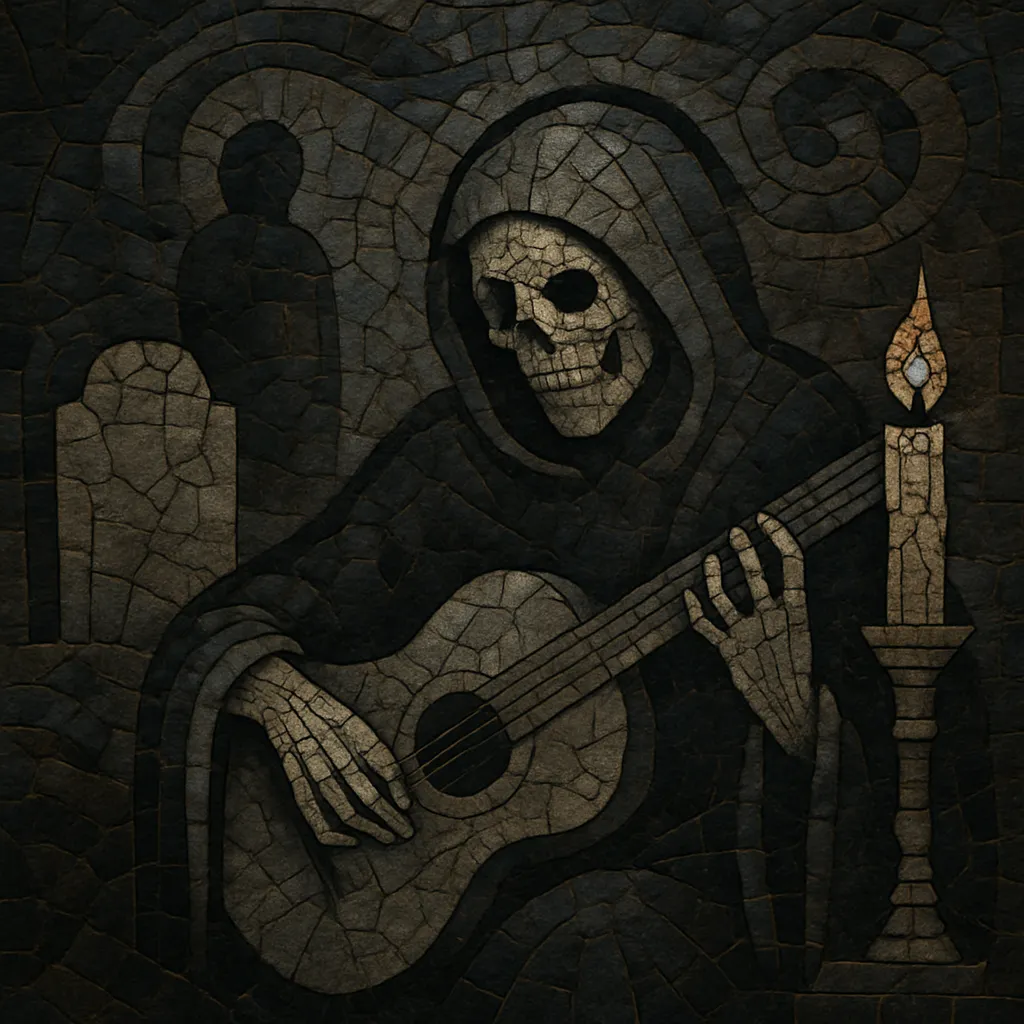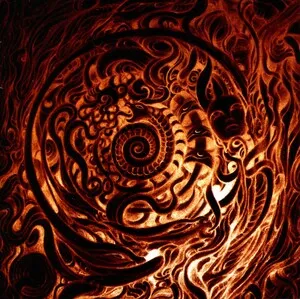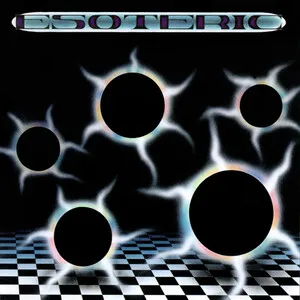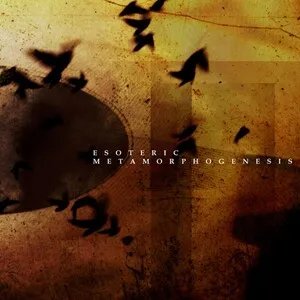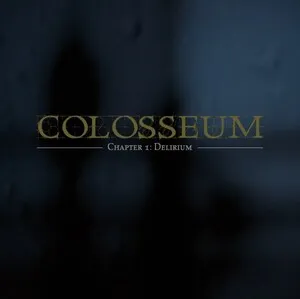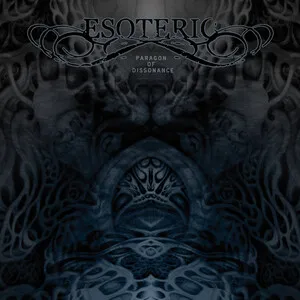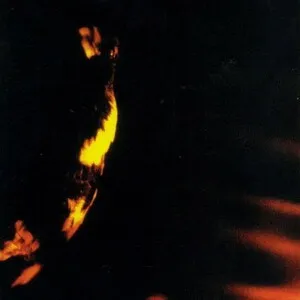Funeral doom metal is an extremely slow, heavy, and atmospheric branch of doom metal that emphasizes vast, processional tempos, cavernous distortion, and a pervasive sense of grief and existential dread.
Songs are often very long (10–20+ minutes), built from sustained power chords, sparse drum hits, and layers of organ or synth pads that evoke liturgical or funereal settings. Vocals tend to be deep growls, grave spoken passages, or distant, chant-like singing, while melodies unfold minimally over glacial harmonic movement. The production aesthetic favors expansive reverbs, long decays, and dynamic swells that create an immense, immersive sound field.
Lyrically, the genre explores mortality, loss, spiritual desolation, and cosmic emptiness, often pairing its sonic weight with poetic, introspective texts.
The roots of funeral doom metal lie in the slow, crushing weight of doom metal and the bleak atmospheres of death‑doom, deepened by dark ambient and drone aesthetics. Finland played a pivotal role: Thergothon’s demos (1991–1992) and the landmark Stream from the Heavens (1994) established the genre’s glacial pacing and abyssal tone, while Skepticism’s Stormcrowfleet (1995) introduced prominent pipe‑organ textures that became emblematic of the style. In parallel, Norway’s Funeral (Tragedies, 1995) and the UK’s Esoteric (Epistemological Despondency, 1994) expanded the subgenre’s scope with sprawling song lengths, cavernous production, and hallucinatory, depressive atmospheres.
By the late 1990s, the genre coalesced into a recognizable idiom: ultra‑slow tempos, minimal harmonic motion, and liturgical or funereal color via organ, choir pads, and tolling bells. Bands like Evoken (USA), Worship (Germany), and Mournful Congregation (Australia) refined the template with meticulous sound design and monumental arrangements. Labels and underground zines helped connect disparate scenes, with specialized imprints (e.g., Firebox Records, I Hate Records) nurturing releases that emphasized long‑form composition and immersive production.
In the 2000s, groups such as Shape of Despair (Finland) and Ahab (Germany) broadened thematic palettes—Ahab’s nautical epics, for instance—while maintaining funeral doom’s tectonic pacing and emotional gravity. The style’s influence seeped into adjacent heavy music, encouraging slower tempos, longer forms, and ambient layering.
In the 2010s, the genre found a wider audience without abandoning its austerity. Bell Witch’s Mirror Reaper (2017), an hour‑plus single composition with bass, drums, and organ, showcased funeral doom’s capacity for both minimalism and grandeur. Contemporary acts continue to integrate elements from drone, post‑metal, and shoegaze, while preserving core traits: processional rhythm, monumental sustain, and meditations on mortality. The result is a resilient niche that remains influential across heavy, experimental, and atmospheric music.

